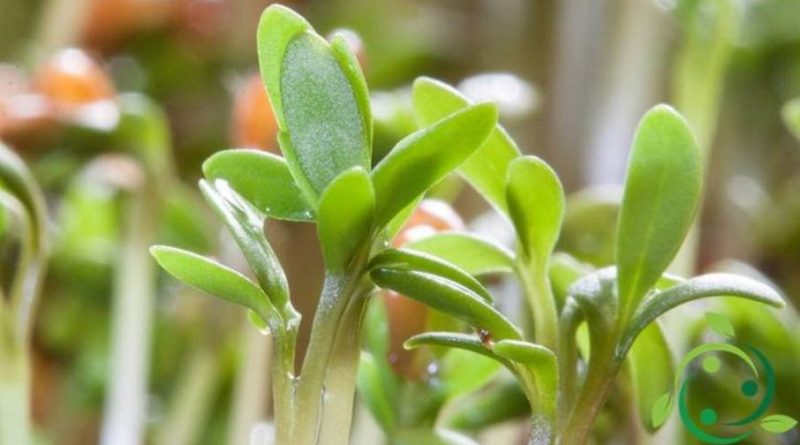Role of potassium in plants
Role of potassium in plants
Potassium (K) is one of the most important elements in plant biology as it is the basis of numerous processes, such as protein synthesis, transpiration through the movement of stomata; moreover it becomes part of the production processes of perfumed substances and of the colors of the flowers and favors the process of lignification of the woody parts of the trees. For this reason potassium is one of the elements absorbed in greater quantity by plants and is quite present generally in the ground, as it is part of the various silicates, feldspars and clays, present in organic matter, although in the latter case it is not a plastic element, and is rapidly solubilized in the soil.
In order for the root systems of plants to absorb it, potassium can be present in three different forms:
– soluble potassium: in the form of K + ion, directly absorbable by plants and present in the circulating solution;
– potassium adsorbed: in turn distinguished in easily exchangeable potassium, in equilibrium with soluble potassium, and in potassium hardly exchangeable, present in the silicate structures of clays.
– fixed potassium: it is part of the mineral constitution and is inaccessible in the short term for plants.
Between the three forms a dynamic equilibrium is established, whereby natural or man-made actions tend to shift the balance between soluble and less available forms. The exchange between the soluble fraction and the adsorbed fraction is continuous; in this way the exchangeable fraction requires a continuous solubilization due to the removal by washing away or by the radical absorption.
This dynamic equilibrium and the soluble potassium concentration of the soils are therefore conditioned by the exchangeable potassium content in the soil which in turn depends on the texture, the type of clays and the other exchange bases. Generally the clayey soils are more equipped with exchangeable potassium than sandy ones.
The lack of potassium can cause chlorosis and yellowing along the margins of the leaves, with characteristic curling and crumple; furthermore, the stems and branches of plants affected by potassium deficiency have a lower degree of lignification, with a consequent greater susceptibility to the action of frost and to attacks by parasites. Finally, plants with potassium deficiency bloom less and with less bright flowers.
Excess potassium is not easy to diagnose; in general the leaves become yellow, access to white. When the absorption of magnesium, manganese – and sometimes Zinc and Ferro – is slow or nil, it is almost always due to the interference of excess potassium. The excess of potassium can be compensated with a light fertilization with the other microelements but above all by identifying the origin of these redundancies.

